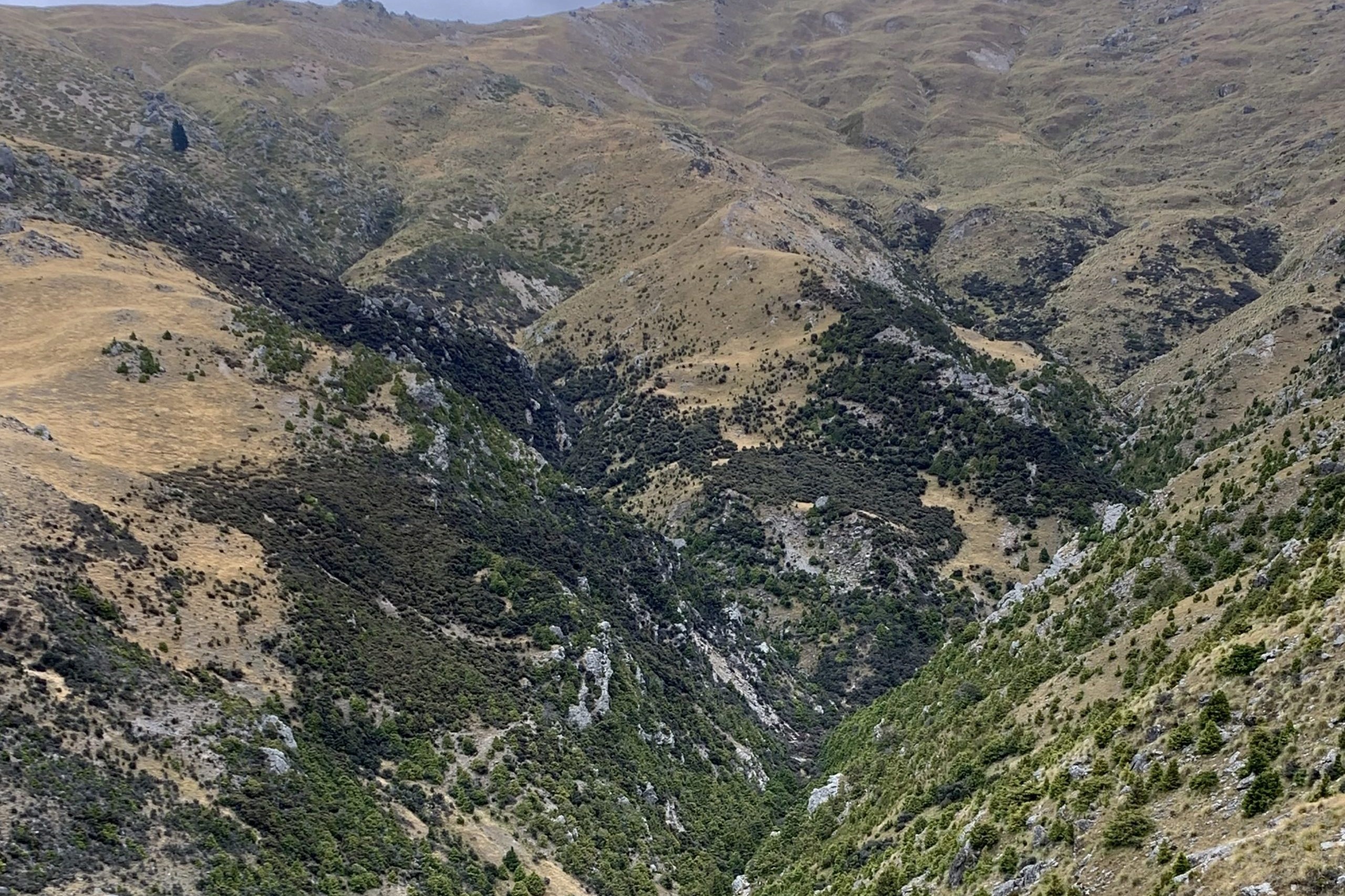Enterprise stacking – more from less
As Robert Hodgkins prepares to start milking sheep in Hertfordshire, England, he describes how his farming operation has adapted to soaring costs.

As Robert Hodgkins prepares to start milking sheep in Hertfordshire, England, he describes how his farming operation has adapted to soaring costs.
WE’RE IN THE MIDST OF OUR SHEEP dairy build at the moment. We received planning permission on April 25 and we hope to start milking around June 15 so it’s pretty full throttle. Neither of us have ever milked before so we’re relying heavily on our new dairy shepherdess Robbyn, and a lot of our Nuffield dairying friends to direct us.
Only one Holstein and one Jersey dairy farm are left in Hertfordshire – before refrigeration all of our county would’ve been dairy farms because of its proximity to London (50 kilometres to the centre).
Dairying has now moved to the west of England where greater rainfall favours ryegrass production, so we’re somewhat bucking the trend, as we were when we set up our sheep flock, at which time only two other significant flocks existed in the county – so why are we so determined to do the opposite to everyone else?
Well, we are large tenant farmers on modern agreements (historically a lot of tenant farmers have been on three-generation ‘AHA’ tenancies which include buildings, houses and sometimes workers’ cottages at a very reasonable rent). We also have no interest in diversification – most of our tenancies preclude the obvious things neighbours have adopted such as caravan storage, farm shops, holiday cottages, commercial property lets, dog walking paddocks (no seriously), horse stables etc. So to keep paying big commercial rents purely from farming is very unusual, particularly in our part of the world where the soil is not great and there’s no irrigation.
So how do we do it? Enterprise stacking (a very modern version of mixed farming) allows us to produce more from less area. Before we started farming our farms, they only directly employed one person and produced some straw, wheat, barley, oilseed rape, some hay for horses and about 200 ewes. All with a great reliance on inorganic fertiliser and chemicals.
Ten years into our management, we are a team of six now, still producing wheat and barley, but also quinoa, borage, oats, grass for seed and peas, running 2500 ewes (with room for more) and milking 300 ewes (should be 600 in two years time).
We grow cover crops before spring crops allowing us to graze sheep over winter and reduce fertiliser inputs. We graze our winter crops allowing a huge reduction in chemicals. We use herbal leys for grazing that receive no fert, weed wipers for low chem use.
An inter-row hoe reduces our herbicide costs and works on our resistant grass weed population we inherited. We only bale spring barley straw as we have no need for straw and neither does anyone in the area (others bale for burning in a power station) but I’d rather return ours to the soil to reduce fertiliser reliance.
And there’s further room for chickens – both meat and egg birds – with little detriment to what we’re producing already.
The modern bit for us is in making each enterprise as profitable and thus sustainable in its own right. Our system has developed over 10 years and this year has brutally highlighted our most sustainable enterprise – the dairy and our riskiest enterprise, arable cropping.
Even with all the steps we have taken, our arable cropping still relies too heavily on unsustainable inputs of inorganic fert propping it up. We use N testers, N sensors, endophyte seed dressings etc to reduce our N requirements, so where our predecessor would have applied 220kg/ha N, we can grow the same yields on 90-120kg/ha N but I believe we need to reduce this further through better-formulated fertilisers perhaps?
We have seen fert prices triple, crop, chem and diesel prices double, we have bought additional fuel tanks, allowing us to make more strategic fuel purchases rather than panic buy.
Last time I did the sums, we needed to find an extra £100,000 (NZ$195,000) to get the arable crops to harvest, and we would receive an extra £100,000 from selling them at the ‘new prices’. This sum has fluctuated a bit over the spring, but crudely this is the situation, so no greater profit for the arable, just a greater cash demand and many argue greater risk of growing crops.
The sheep and dairy systems are far less reliant on ‘bought-in energy’ so we are able to pocket the extra profit increased food prices have created.




